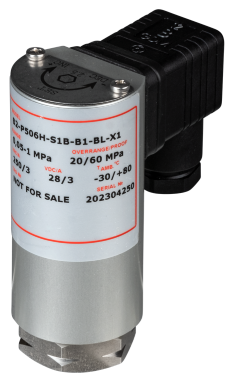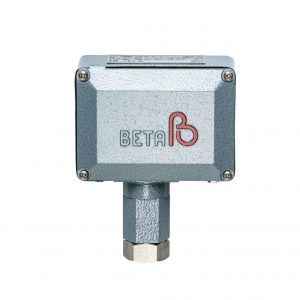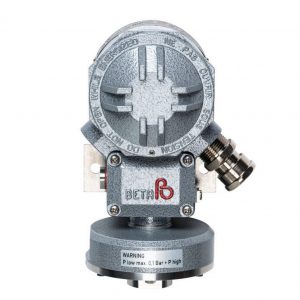Pressure Switch
Pressure monitors are used to detect and indicate pressure levels that exceed or fall below preset limits. They are essential to protect equipment and processes from potential damage caused by abnormal pressure levels. Our pressure switches are designed for reliable operation and easy installation.
- System Solutions
- Gas Analysis
- Liquid Analysis
- Flowmeters
- Pressure Gauges
- Level Gauges
- Temperature Gauges
- Laboratory Analysis
- Data Loggers
- Regulators
More information
What is a pressure switch?
A pressure switch is a safety and control component used to monitor pressure levels in liquid or gas systems. When a preset threshold (set point) is exceeded - either upwards or downwards - an electrical switch is activated, which in turn can start or stop a process, trigger an alarm or shut down a system. Pressure switches are used in everything from industrial plants and process systems to HVAC and hydraulic systems.
Key principles: How does a pressure switch work?
Mechanical construction
Most industrial pressure switches are based on a mechanical measuring principle where the pressure from the process acts on a spring-loaded piston or diaphragm. This is how it works:
- The pressure of the process acts on a membrane or piston.
- The movement is transferred to a spring-loaded mechanism.
- When the pressure reaches the set value (set point), a microswitch is activated.
- The switch sends an electrical signal (usually SPDT or DPDT).
Alternative measurement principles
- Electronic pressure switches: Use pressure sensors and electronics to measure and control. Allows digital signal transmission, adjustment via display and often integrated hysteresis control.
- Differential pressure switches: Measure the pressure difference between two points in a system (common in filter monitoring or flow control).
- Vacuum switches: Respond to pressure drops below atmospheric pressure, often in vacuum systems or cavitation protection.
Key selection criteria
To choose the right pressure switch for a specific application, several factors should be considered:
Pressure range
Choose a guard that covers the desired working range. Remember that accuracy is often best in the centre of the range.
Overpressure capacity
Ensure that the guard can withstand maximum process conditions, including sudden pressure surges.
Media-related materials
Diaphragms, O-rings and process connections must be chemically compatible with the process medium (e.g. SS316, PTFE, EPDM, Kalrez).
Accuracy and deadband
Repeater accuracy is important for recurrent breaks. The deadband determines the difference between on and off.
Electrical properties
- Type of microswitch: SPDT, DPDT
- Rated voltage and current (AC/DC)
- Possible ATEX, SIL or IP classification
Environmental requirements
- IP class (dust, moisture)
- Temperature range
- Vibration and shock resistance
Executive summary
A pressure switch is a key component in many safety-critical systems. By choosing the right measurement principle, customising material selection and understanding the needs of the application, the pressure switch can provide reliable and long-lasting operation even in demanding environments.



